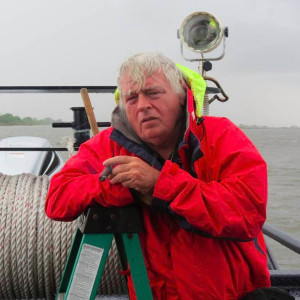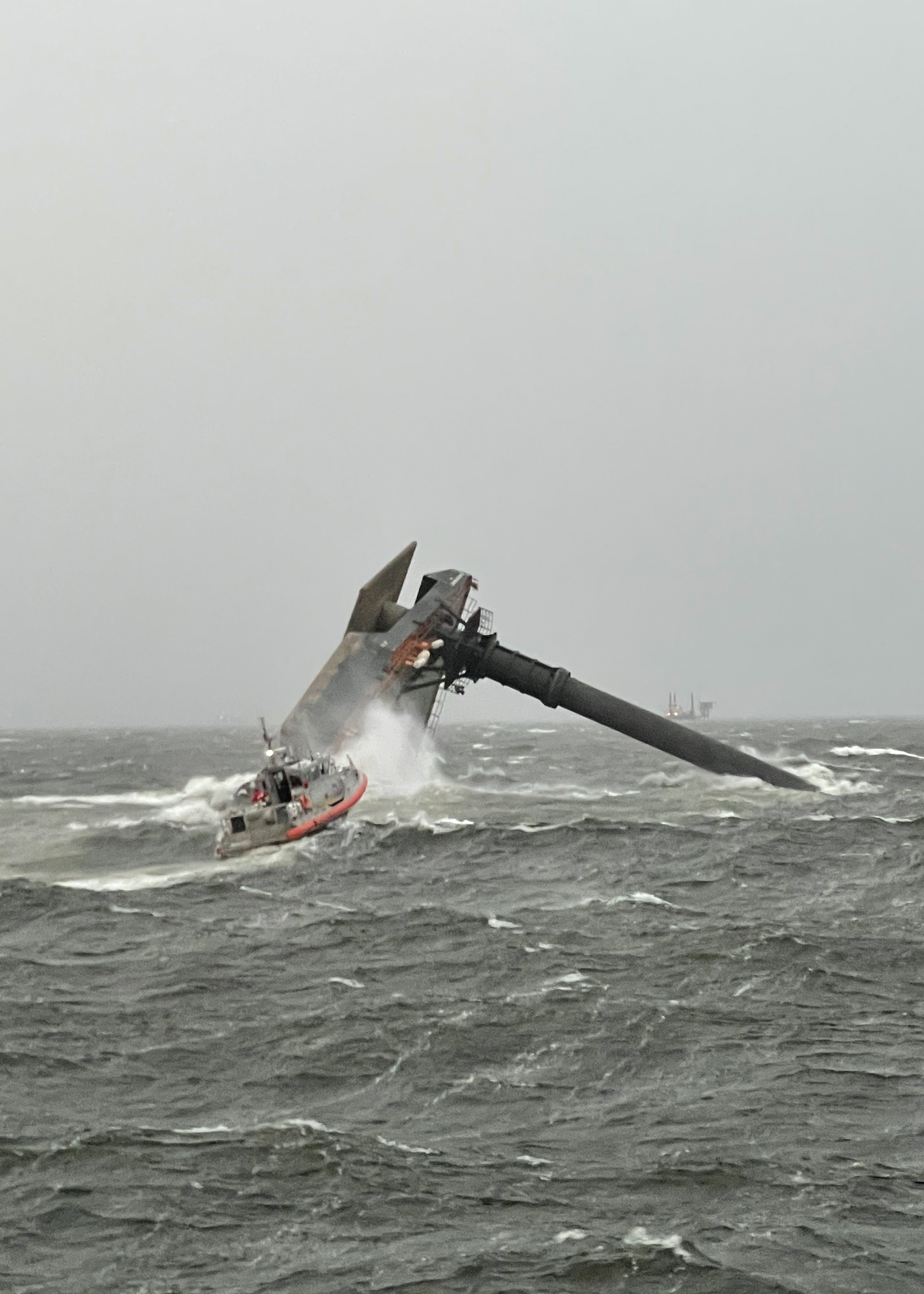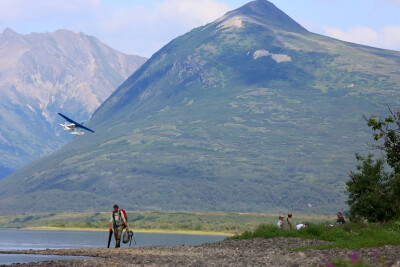Shrimp fishermen from the Mississippi-Louisiana line to the Texas coast joined in search efforts for missing crewmen from an oilfield lift boat that capsized during a freakishly powerful weather system that ripped the Gulf Coast on April 13.
The storm line’s intensity caught a number of shrimpers unaware when it charged through waters south of New Orleans that afternoon. But news that the 166-foot Seacor Power was down and crew members unaccounted for drew a rapid response of commercial vessels, first in the area adjacent the wreck and then farther east and west as formal search efforts got underway.
Six men were rescued by Coast Guard and other resources; six bodies were recovered, and seven remained missing a full month after the tragedy.
Kiley Gonzales was skippering the Capt. Anthony “Puky” Trahan for shrimper and dock owner Tracey Trahan of Dulac when the storm hit.
“It was 60 or 70 mph winds,” Gonzales said, “and it had us dragging anchor. We had to take down our nets because with the wind, they were acting like a sail.”
When the storm passed toward the south and east, Gonzalez headed toward the wreck site, a good 40 miles from his location. He and his deckhand kept their eyes open on heavy seas.
While some shrimpers like Gonzalez did self-initiated searches, others became part of organized search efforts. The search area overall, the Coast Guard said, was the size of the state of Maine. Strong westerly currents indicated that survivors, bodies or debris could have traveled far to the west, and shrimpers from Cameron, Vermillion and other west Louisiana locales got involved.
Cocodrie shrimper Stephen Miguez helped coordinate those efforts and also pressed his boat, Dirty Red, into service, ferrying needed supplies to other vessels. Many of the vessels have been scouring marshes and islands close to shore.
“The families are still keeping hope that some are still alive, and we are still engaged in a search and rescue effort instead of just recovery,” said Miguez.
The National Weather Service called the phenomenon a “wake low,” a compact low-pressure system that rolled off a line a thunderstorms moving across the region.
Winds were 80 to 90 mph and seas were 7 to 9 feet when the lift boat overturned. A Category 1 hurricane brings sustained winds of at least 74 mph.
Sen. John Kennedy, R-La. called for the Senate to hold oversight hearings on the federal government’s response, calling it “the worst disaster to strike the Gulf Coast since the Deepwater Horizon blowout in 2010.”







